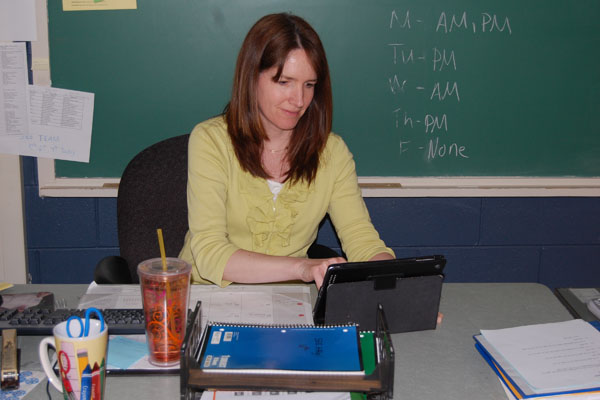
Twenty years ago, computer technology was in its mere infancy and its applications to everyday life were minimal. The ability of being able to connect with people throughout the world was a luxury that was just coming to the forefront as the Internet and e-mail became widely available to the public. This idea, this vision of an interlinked world with instant access to just about anything, has become a reality. We are living it.
The integration of technology into everyday classroom education has become more and more evident, especially at Riverside Brookfield High School, as our day-to-day operations have become intertwined with products such as Google Apps, chromebooks, and YouTube videos.
Where is classroom education at RB headed? Will we eventually become a school with a 1-to-1 learning style where each student has their own laptop? Is it possible to incorporate this technology while maintaining a reasonable budget? Many of these questions will be answered, but unfortunately, not anytime soon as RB is still in premature stages of redefining its technology vision.
When District 208 listed their district goals for the 2012-2013 school year, technology was mentioned under “Facilities and Operations.” The new goal states that our technology plan must be aligned to support academic achievement.
In a recent interview with the Clarion, school board president Matthew Sinde said that in the near future he believes that RB must develop a technology plan that will provide its students with the resources needed to succeed in their education. He also stated that RB must improve its technological equipment capabilities to successfully transition to a 1-to-1 campus, which could include a move to digital text books.
Over the past few years, RB, like many other schools, has begun to incorporate technology into education which has become a large part of the curriculum in several classes. Within the science department, both AP Biology and AP Environmental Science have piloted a new program this year called the “Flipped Classroom.”
This new model of learning is quite different from the traditional model of classroom instruction. Students spend class time working on activities and concept engagement, while at home they watch lectures from their teachers through the Internet and take notes which are used the next day during classroom activities. This new method of learning is only being piloted in these two courses so far and will be evaluated at the end of the year to determine its effectiveness.
Although RB is in the initial stages of new technological incorporation into classroom education, both iPads and chromebooks have been introduced to the school. Alicia Duell, RB’s Library & Instructional Technology Department Chair, has been instrumental in the introduction of chromebooks, which were brought into the building temporarily in a pilot program. RB’s SEE Team has been using iPads throughout the year and they have been extremely useful during classroom activities. They are used by instructors Patty Young, Jame Holt, and Dan Mancoff to instantly communicate with SEE Team colleagues, to provide instant access to various online resources, and to plan field trips and activities. The devices have also been used to take photos and videos of students engaged in their day-to-day work.
Where does this leave us? We have come a long way in just the past five years, but what does the future hold?
What is RB doing to explore innovative technological ideas?
Over the past year, the school board, the administration, and the technology department have been looking into how they can move technology forward within the school. They have been reading and researching what other Chicagoland schools have been doing. After extensive looks at other technology programs, RB discovered that two schools are leading the pack when it comes to classroom innovation.
Niles Township and Leyden are years ahead of most other schools in the area; in fact, Leyden has distributed chromebooks to every student to be used in the classroom.
A chromebook, produced by Google, is similar to a laptop, only much smaller. There is no software on the device, which makes them simple to manage, and they only have the Internet to browse. The battery life is extremely long and can last the entire school day. In addition to their longevity, the books have an eight second start up time, so they are efficient in that there is little to no lost time in the classroom. All this being said, chromebooks run at anywhere from $250-280 apiece.
Duell, along with several members of the administration visited Leyden in the fall and were able to learn a great deal about how the books are used. These devices are not used throughout the entire classroom lesson, but are helpful if a teacher has a specific activity planned that requires the Internet. This saves the instructor the trouble of renting time in the lab, and gives them the creativity to piece together lesson plans that benefit the students. In addition, each chromebook is equipped with programs specially designed for students to have the freedom to create and design new outlets to present their work and projects.
In addition to the visit to Leyden, a visit was made to New Trier, where iPads have already been implemented into everyday classroom settings. There are a few questions marks regarding these devices, as there is a ton of management to be done by the technology department.
Locally, all students at Hauser Junior High in Riverside are provided with a laptop which is used both in the classroom, and can be taken home for homework.
What is realistic within the next five years? ten years? Will we become a 1-to-1 school like Leyden? Where are we headed? In this age of rapid technological advancement, how does a school with financial troubles keep up with modern teaching techniques?
One idea that draws a lot of interest, or is at least thought provoking, is the proposal of a strictly 1 to 1 classroom. This would allow every student in every classroom to have a piece of technology, whether that is a laptop, iPad, or chromebook, and in class instruction works hand in hand with that tool. There are two different models that are proposed by most schools; one being where each individual student brings in their piece of technology and the other where the school provides the device.
As we are in this long, drawn out process, costs become important and bringing in well over a thousand pieces of technology will cost a significant amount of money. This would probably be accomplished through grants, which could take a good amount of time to receive as waiting lists sometimes slow down the process. Investing in increased bandwidth and staff development for teachers also carry weighty costs.
Money aside, this is an exciting time for RB as classroom instruction techniques seem to be changing daily. With the future of classroom education a relative mystery, it is crucial that all parties involved evaluate all options and make a decision with the best interest of the students in mind.
“We are trying to do the right thing. We aren’t trying to jump on a bandwagon and do what every other school is doing. We need to be financially resourceful and responsible,” said Duell.




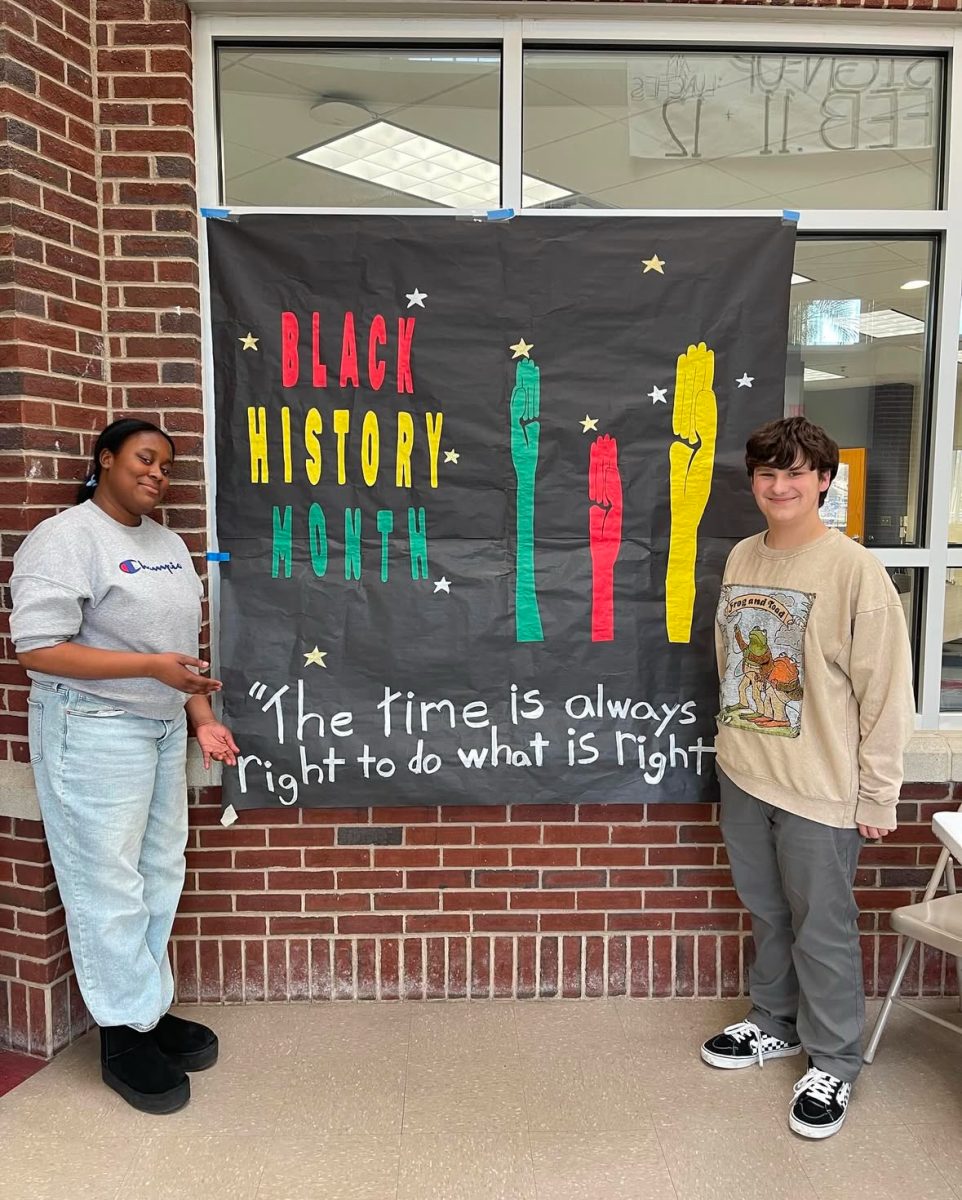

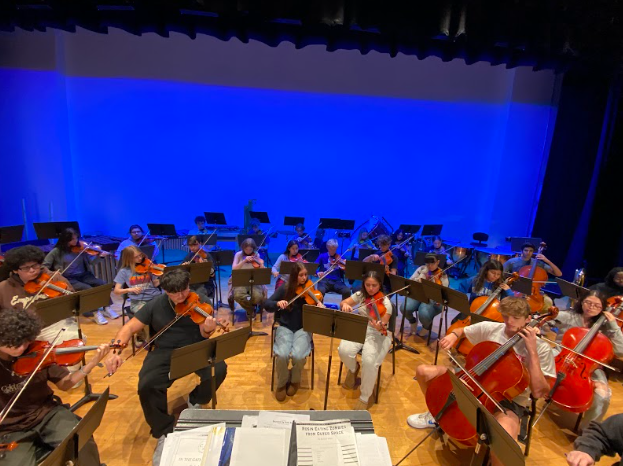
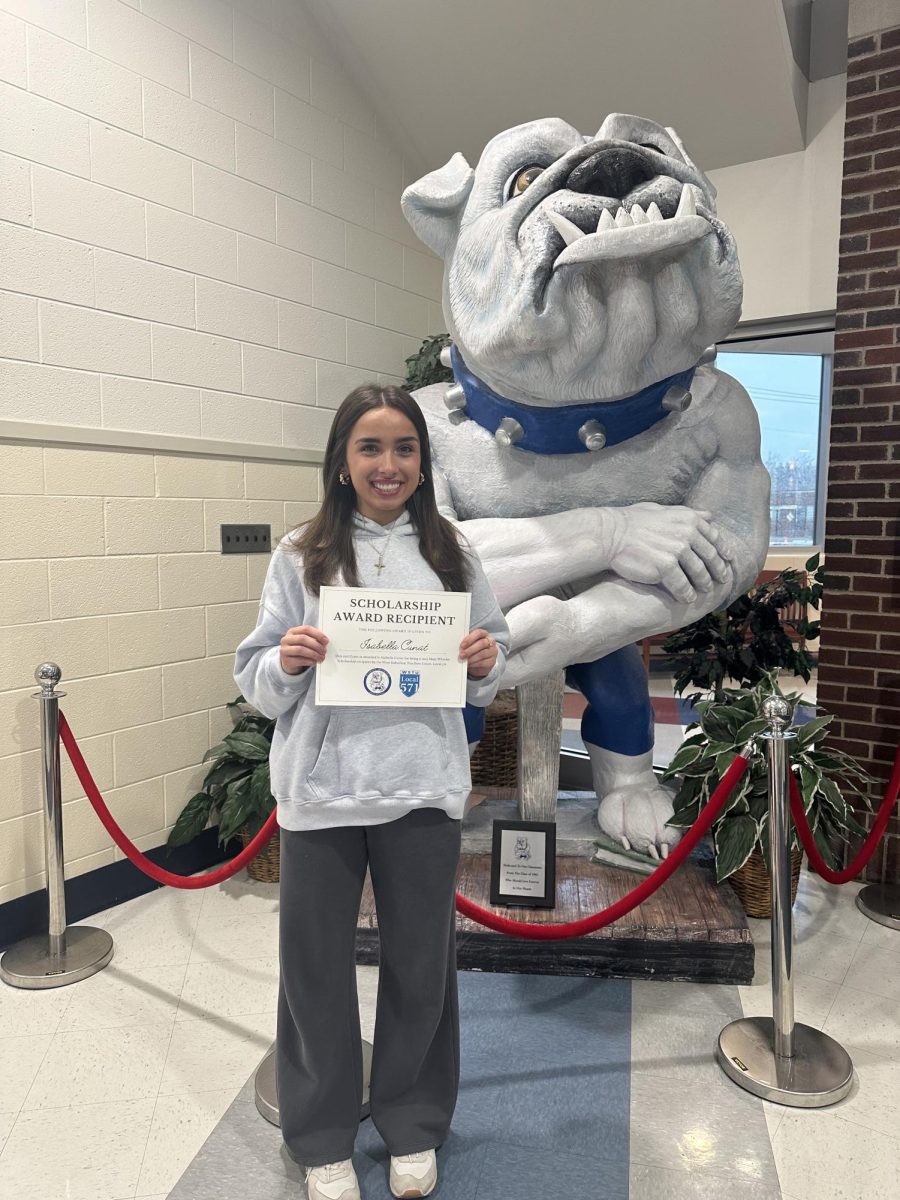
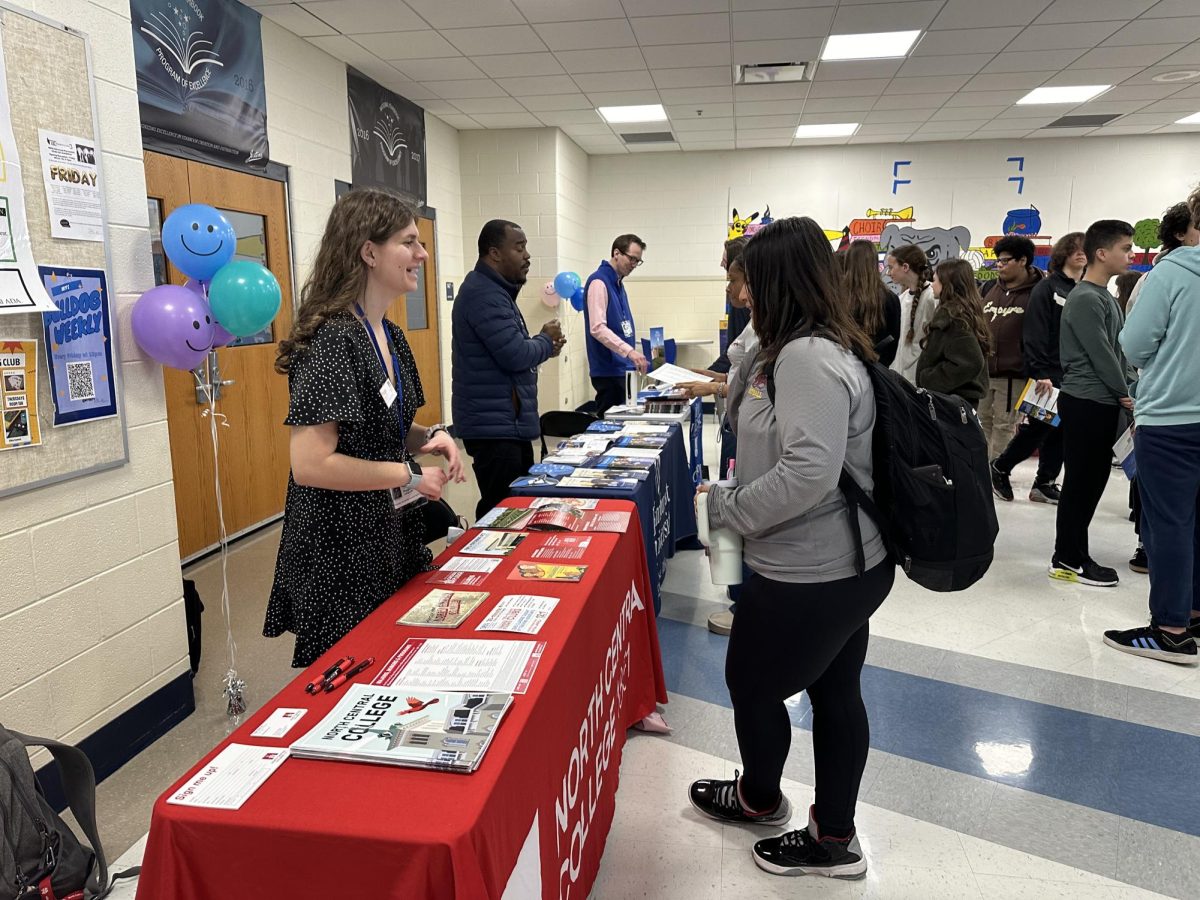
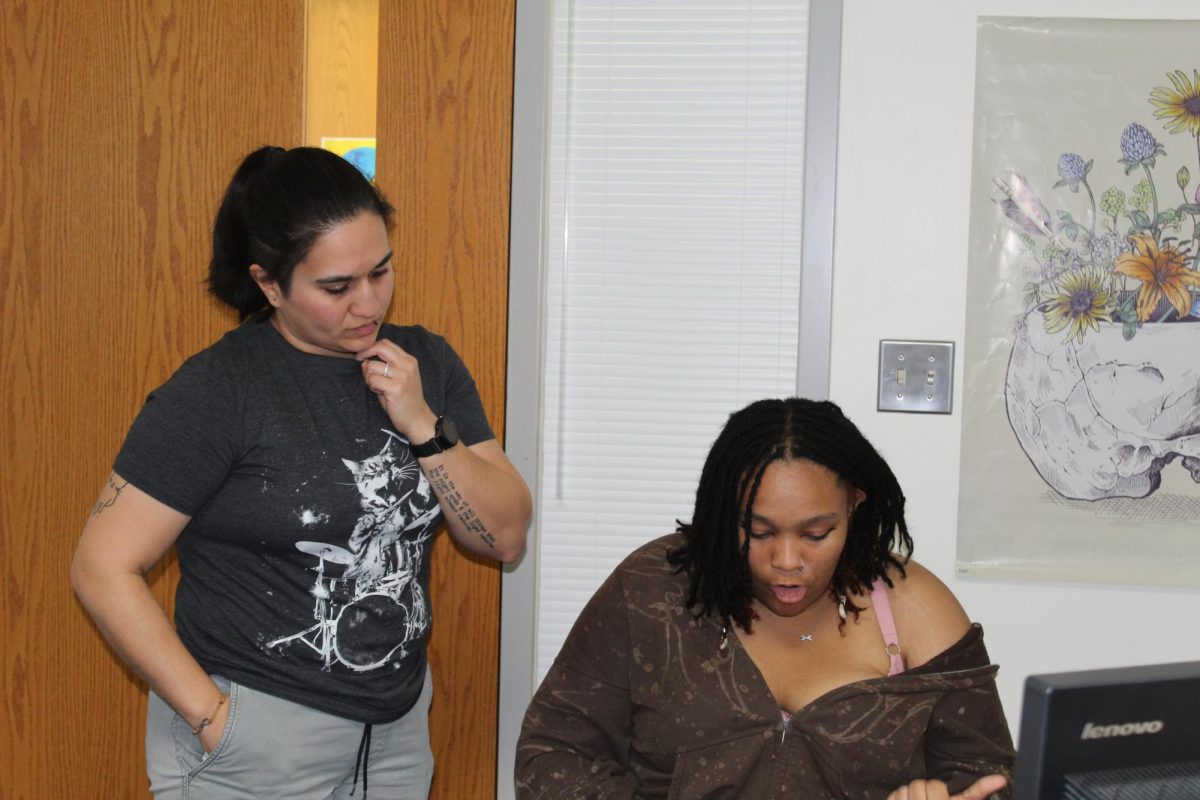



Martha Carlson • May 6, 2013 at 2:07 pm
Also a parent of a current Hauser 8th grader, and I believe the laptop is simply a learning tool and hardly requires RB “adapting” to these students. In my own daughter’s experience it has been a failure within the classroom. All of our kids are what current educational jargon calIs “technology natives” and, as such, they probably need what traditional classrooms offer (more writing, more math, less screen time) more than they need a technological crutch. The cost of maintaining these programs is high, includes administrators and workers, and goes beyond a initial grant for laptops.
Kim Bolton • May 2, 2013 at 10:24 am
As noted, all Hauser students get laptops. The class coming in to RB next year was actually the first to participate in the one-to-one program in D96. As a parent of one of those students, I’m curious if and how RBHS will adapt to them.